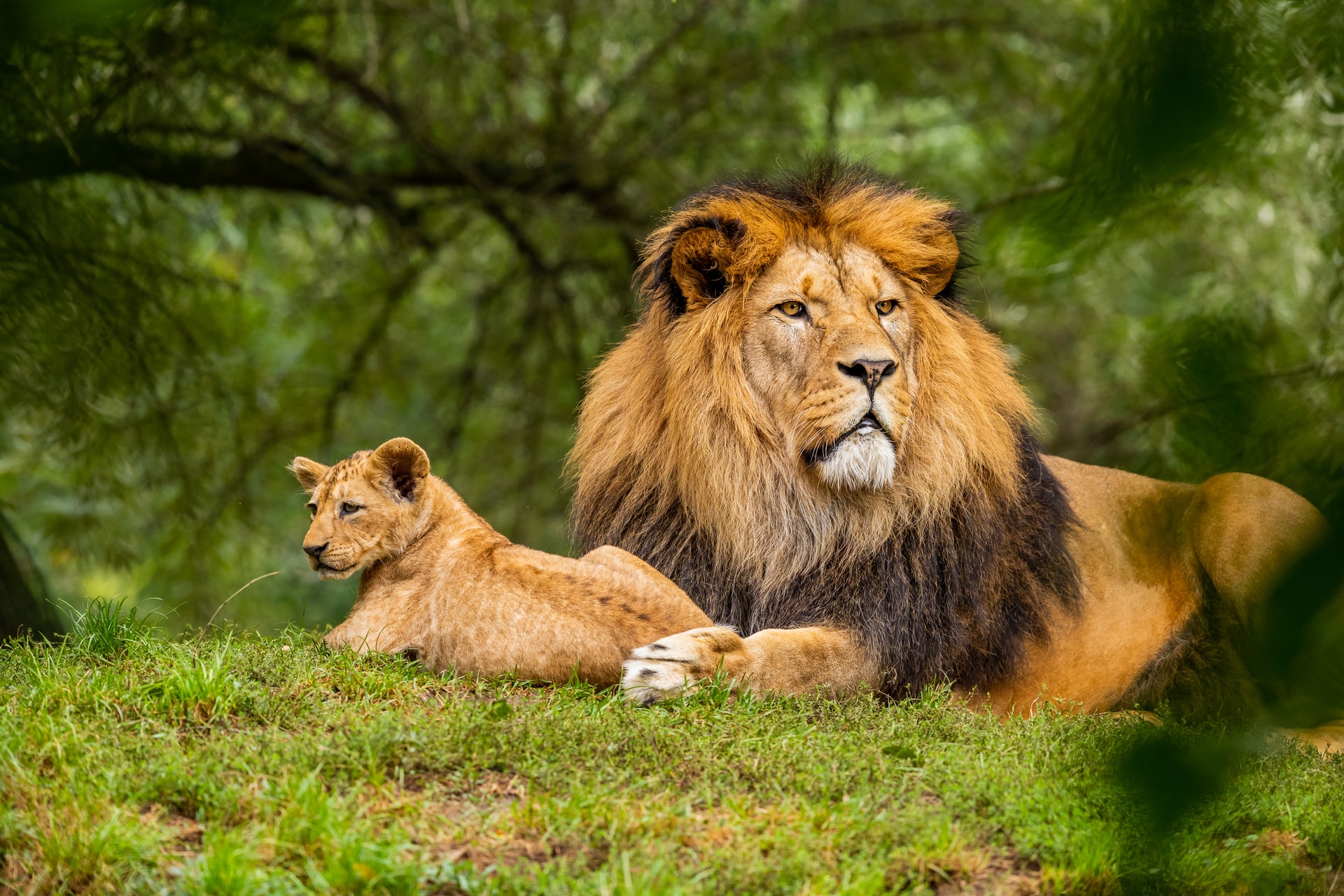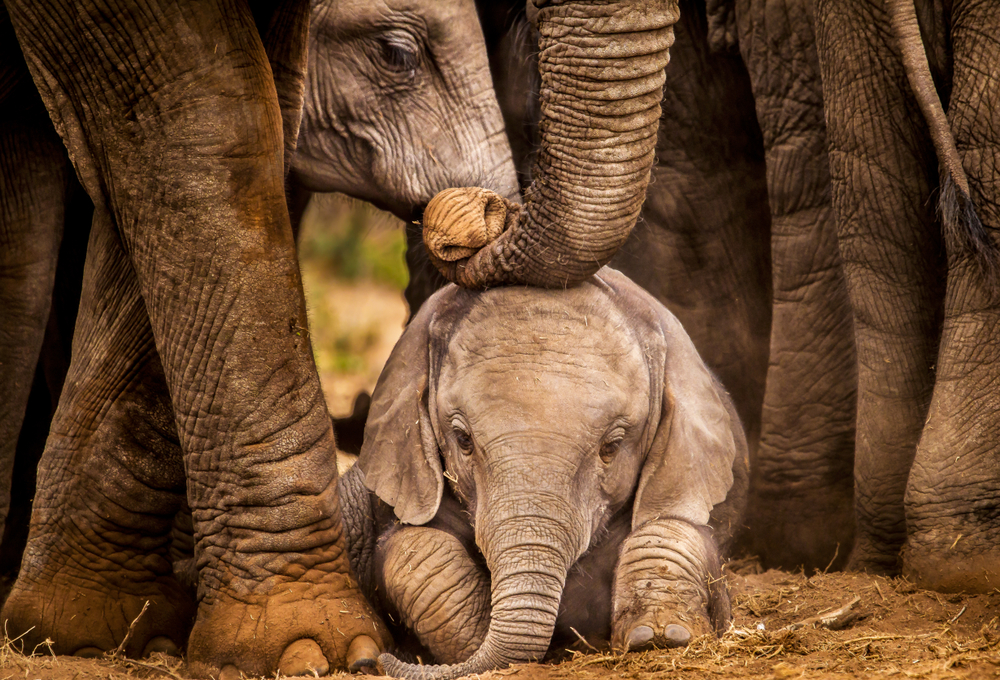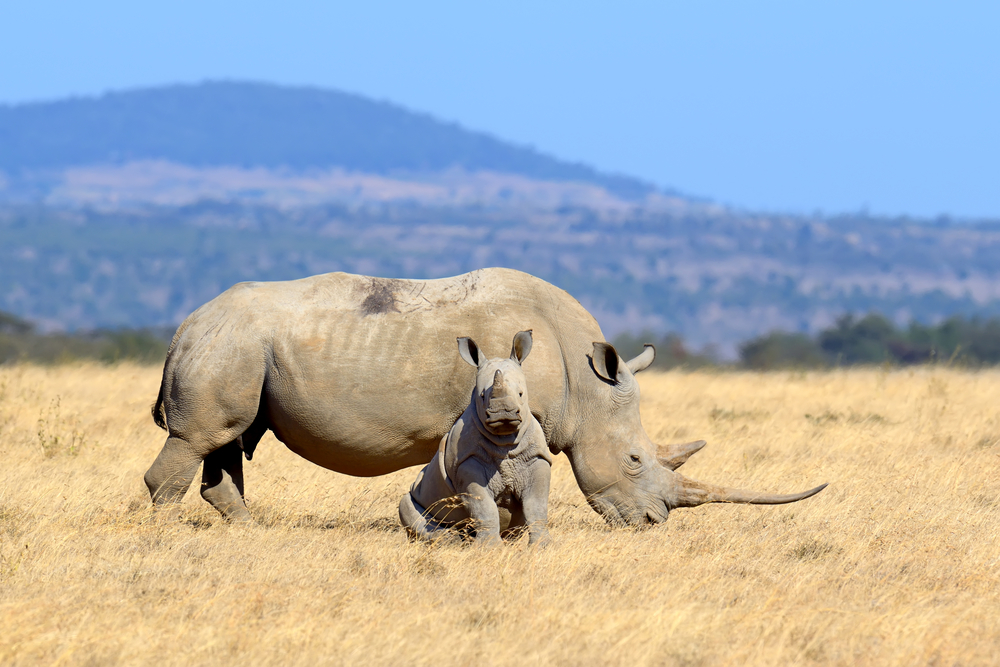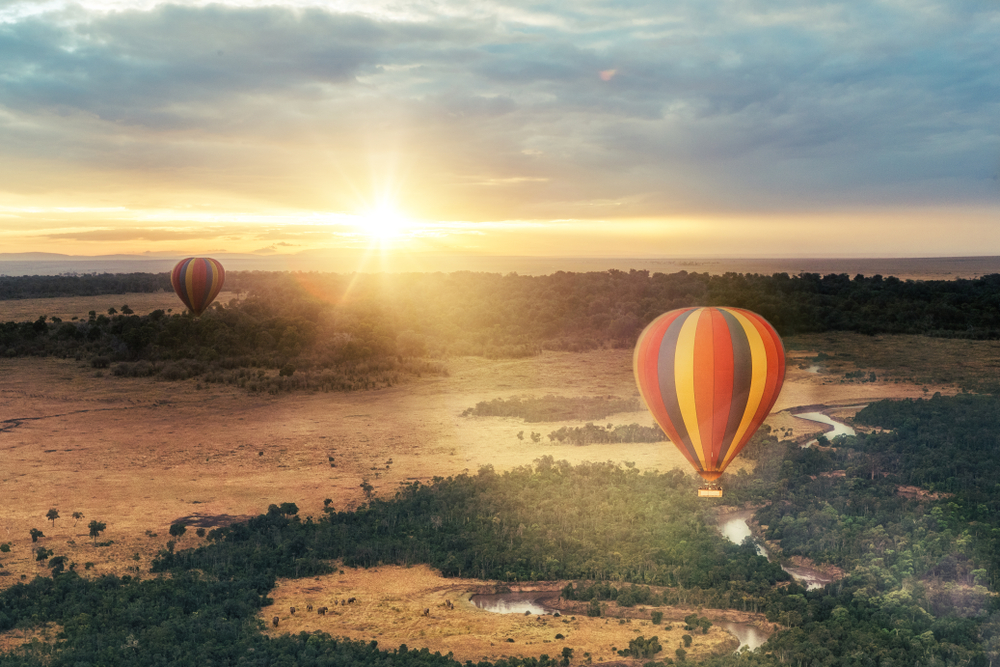This summer, Southern Africa was on your list of top destinations, and many of our travellers were able to enjoy the best time of year to travel in the region. Indeed, during the dry season, it is easier to spot the wildlife gathering around the rare watering holes. This is also the time of the great migration of the wildebeest. Having said that, other times of year are also conducive to observing baby animals in Sub-Saharan nature. Although the image may be conventional, is this not an experience in itself, and one of the highlights of any safari?

The Lion King.
You will be treated to the sight of lion cubs fighting and playing with one another, or being nuzzled by their benevolent aunts. You may even witness, at dinner time, an initiation into hunting, which consists in killing a small gazelle or baby dik-dik; an enduring lesson, because lions are not supposed to hunt during their first year of life. The most sought-after animal on the continent lives in familial groups, which sometimes include up to fifteen members. These groups consist of two or three brothers and around ten females with their young. As a community, lionesses give birth to their offspring more or less during the same period; they also look after each other’s cubs. A litter can include up to six cubs, but their survival is compromised due to the challenges they face, such as lack of food or the presence of predators. Only the fittest will survive.
The demonstrative behaviour of lions, which can be observed when males rub up against one other, or when females groom themselves, is unique among big cats. Studies show that this helps them maintain strong social bonds. When they are not resting, the males get on with the job of defending their territory, patrolling it and marking it with their scent, whilst producing terrifying roars to communicate with their fellow lions. The sound is so loud you may feel its vibration! And in the Serengeti, you will be able to see many of them, as this region is home to around one lion per square kilometre of land in the second national park of Africa, in Tanzania. The gestation period of a lioness is very short, only 110 days. Most births take place during the rainy season; however, as lionesses reproduce all year round, you may be able to see some cubs, irrespective of when you visit.

A symbol of strength and wisdom.
QWhether it’s the first or the umpteenth time you come face to face with an elephant, it’s very likely that you will be impressed when these animals, which are at least two metres tall, pass by you, or when a whole herd marches past nearby. You will hold your breath at the sight of a herd crossing the road just in front of you, or even parting around your vehicle. In the eyes of the wildlife, the high 4×4 vehicles are like large rocks or trees, standing there, of no interest and perceived as an obstruction to get around. This species lives in very large, multi-generational groups, composed mostly of females, with the eldest in charge. Every member of the herd looks after the young, during their first five years of life. Community life, founded on mutual assistance and a great deal of love, is remarkable in this species. Quite often, the other females in the family rally around the mothers, to help them protect their calves.
With luck, the highlight of your encounter with these animals will be seeing their young, standing in their mother’s shadow or stealing pieces of tree bark from their elders. You will be filled with wonder when you see them using their trunks to show affection to one another. The highlight of the show is at bath time: these pachyderms take advantage of wet spots to roll around on the ground, covering their bodies with mud, which protects them from the sun and heat, and soaking themselves with water, to hydrate their skin. During the dry season, they use their defences to cross the dried up river beds, thereby creating watering holes where other animals can quench their thirst. These land mammals are non-seasonal breeders, meaning they can give birth at any time of year, following a 22-month-long gestation period, the longest on earth! From the age of 12 years, males leave the clan and then begin a solitary life in the jungle or in the savanna.

One of the largest creatures in the world!
The rhinoceros gets its name from one of its physical characteristics, deriving from the Greek ‘rhino’, which means “nose”, and ‘ceros’, meaning “horn”. Females only give birth every two to four years, and have only one baby at a time. This allows them to be very attentive and protective, increasing the rate of survival of rhinos. The tragic threat of poaching is ever present, which leaves many young orphans behind. Some people believe that the inside of a rhino’s horn can be used for the preparation of “miracle” products, a theory that to this day has never been proven scientifically. In fact, their horn is made of keratin. It can sometimes break, but then grows back. Females use it to protect their calves from predators: lions, crocodiles and leopards. Young rhinos sometimes remain with their mothers until the arrival of a brother or sister, when they are two or three years old, at which time they have almost reached their adult size and are almost ready to live alone. The baby of a black rhino always runs behind its mother, whereas that of a white rhino walks in front of her.
Black female rhinos have overlapping territories and are not really as solitary as we may believe, unlike male rhinos. During the hottest hours of the day, you will find them lounging in the shade or basking in mud, which they also adore. Very often, you will see birds perched on their heads, called oxpeckers, eating ticks and other parasites. As a matter of fact, in Swahili their name is askari wa kifaru: “the rhino’s guard”. Researchers have discovered that their calls warn rhinos of the approach of poachers, among other things!
Did you know? A male can weigh up to 2500 kilos, and a female up to 1400 kilos, and they can measure up to 4 metres in length. Their gestation lasts 15 to 16 months.

And it’s even better from above!
Discover the beauty of the Maasai Mara on board a hot air balloon. Depart at dawn, letting the wind carry you over the tops of the acacia trees or even higher, until you see the curvature of the horizon. The perspective is unique, affording sweeping views over the plentiful fauna living on the vast plains, along glittering rivers and among verdant bushes. You too will watch the sun rise, illuminating these endless lands teeming with life. Spot giraffes grazing on leaves, gazelles leaping across the plains, or enjoy looking for hippos hiding in the water. You will witness the daily rituals of all these species in their wild habitat, and will better understand the challenges involved in the conservation of this fragile ecosystem.
Many young are born in the Serengeti in the middle of summer. October and November are therefore the ideal months to visit the park, if you want to see lion cubs playing, or dishevelled baby zebras or impalas glued to their mothers. See the wildlife closer than you could possibly imagine… Hear the breathing of the water buffalo and the thundering hooves of the gnu, in complete safety with your private guide by your side, all by yourselves, on board your own open-top vehicle.
Some impressive figures:
• The gestation of a hippopotamus can last up to 250 days,
• that of a zebra up to 390,
• and that of a giraffe up to 450!


